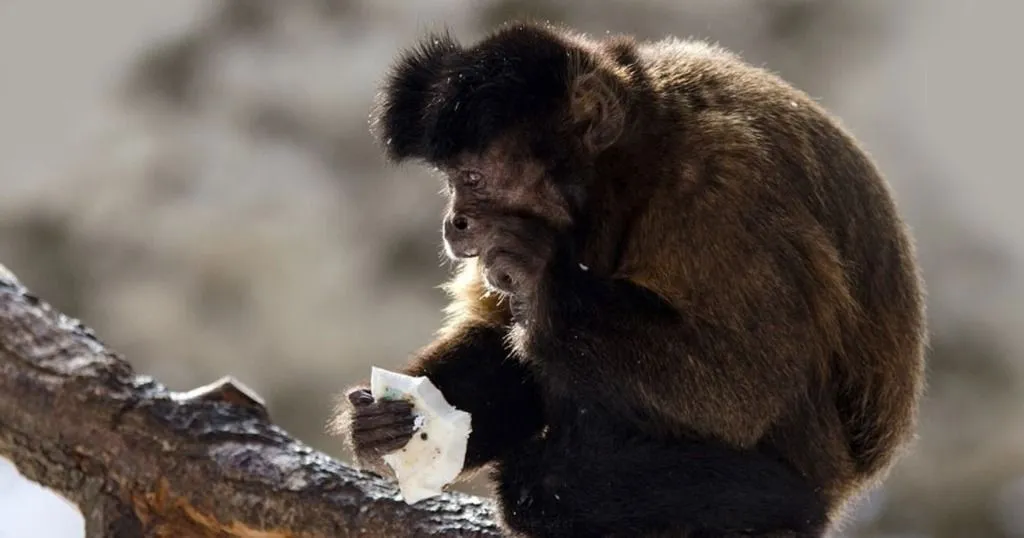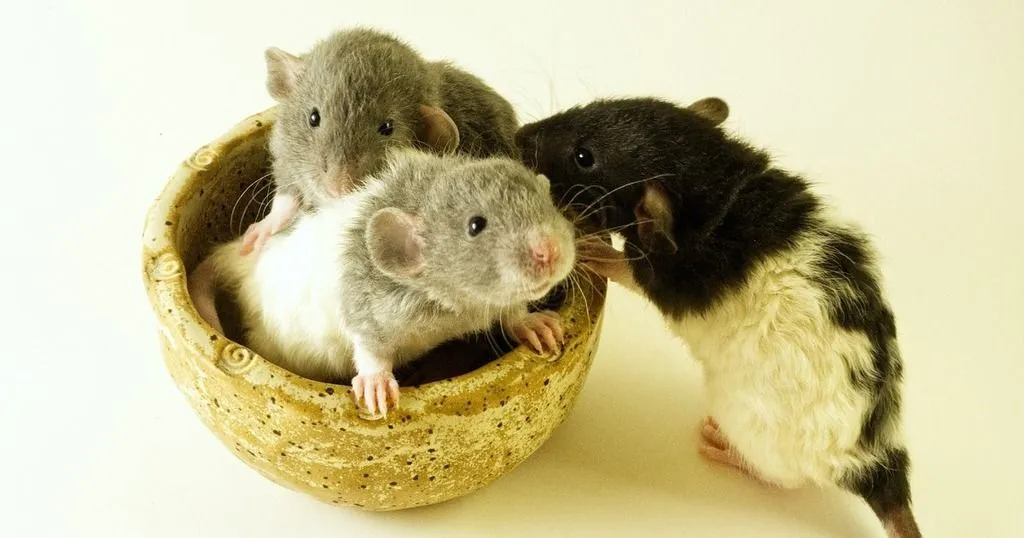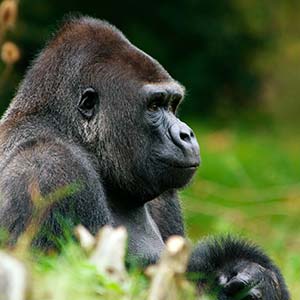Unraveling primate behavior, why do monkeys rub their fur?

Did you know that tufted capuchin monkeys (Cebus apella) rub their fur vigorously with substances such as leaves, fruit, or insects? Such substances are often insecticidal, antiseptic, or anti-inflammatory.
Posted by
Published on
Mon 30 Jul. 2012
Topics
| Welfare | Ethogram | Pocket Observer | Primates | Social Behavior Research | The Observer XT |
Did you know that tufted capuchin monkeys (Cebus apella) rub their fur vigorously with substances such as leaves, fruit, or insects? Such substances are often insecticidal, antiseptic, or anti-inflammatory. Therefore, fur rubbing may improve fur condition along with having a medical function.
Fur rubbing leads to aggression
In animal behavior research, it is widely believed that fur rubbing is used in social bonding. However, for tufted capuchin monkeys, this is not true [1]. Animals that rub their fur encounter more aggression and have less friendly behavior. They have less grooming behavior and play less than animals that do not rub their fur. This of course puzzles the scientists that study primate behavior. Do the monkeys perhaps fight for fur rubbing material? Or does fur rubbing make them smell so bad that their group members become aggressive?
What is causing this aggression?
In a recent study, Paukner and Suomi (2012) [2] investigate the cause of the aggression after fur rubbing. They keep monkeys for 15 minutes in separate cages, either with pieces of onions, that the animals use to rub their fur with, or pieces of apple, that the animals just eat. Afterwards, the animals are returned to their social group. The authors use Pocket Observer and The Observer to study the behavior of the monkeys during the 15 minutes in the cages and during two 15 minutes intervals after the monkeys return to their group. The authors look how much time the animals spend in proximity with other monkeys and whether the monkeys initiate or receive aggression, and initiate or receive friendly behavior.
Monkeys that rub their furs are treated badly by group members
The authors find no difference between the monkeys that were given onion pieces and the ones that had an apple pieces in time spent in proximity of other monkeys. Also, there is no difference between the two groups in initiating aggression or friendly behavior. However, the animals that were given onion pieces receive more aggression and less friendly behavior from group members than the animals that were given apple pieces.
Fur rubbing has no social function
The authors conclude that the aggression is not caused by competition for fur rubbing material. Remember, in the present research set-up, there is no lack of fur rubbing material. So what is causing the aggressive behavior by group members? Possibly the smell of the onion masks the smells that the monkeys need for social interaction. Or, the animals that rub their fur behave different from the animals that do not and therefore encounter aggression. Future research should unravel this. But the widespread belief in primatology that fur rubbing has a social function, is not true for tufted capuchin monkeys.
References
- Paukner and S.J. Suomi, 2008. The effects of fur rubbing on the social behavior of tufted capuchin monkeys. American Journal of Primatology, 70, 1007–1012
- Paukner and S.J. Suomi, 2012. Social after-effects of fur rubbing in tufted capuchin monkeys (Cebus apella): increased antagonism and reduced affiliation. Primates, 53(2), 297-301.
You might like to read this blog as well: Secret sex and promiscuity - Mating behavior of Rhesus monkeys
Related Posts
Understanding mouse social interaction using objective measures

Altruism in rats, suspiciously human

